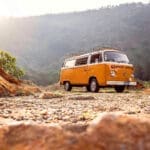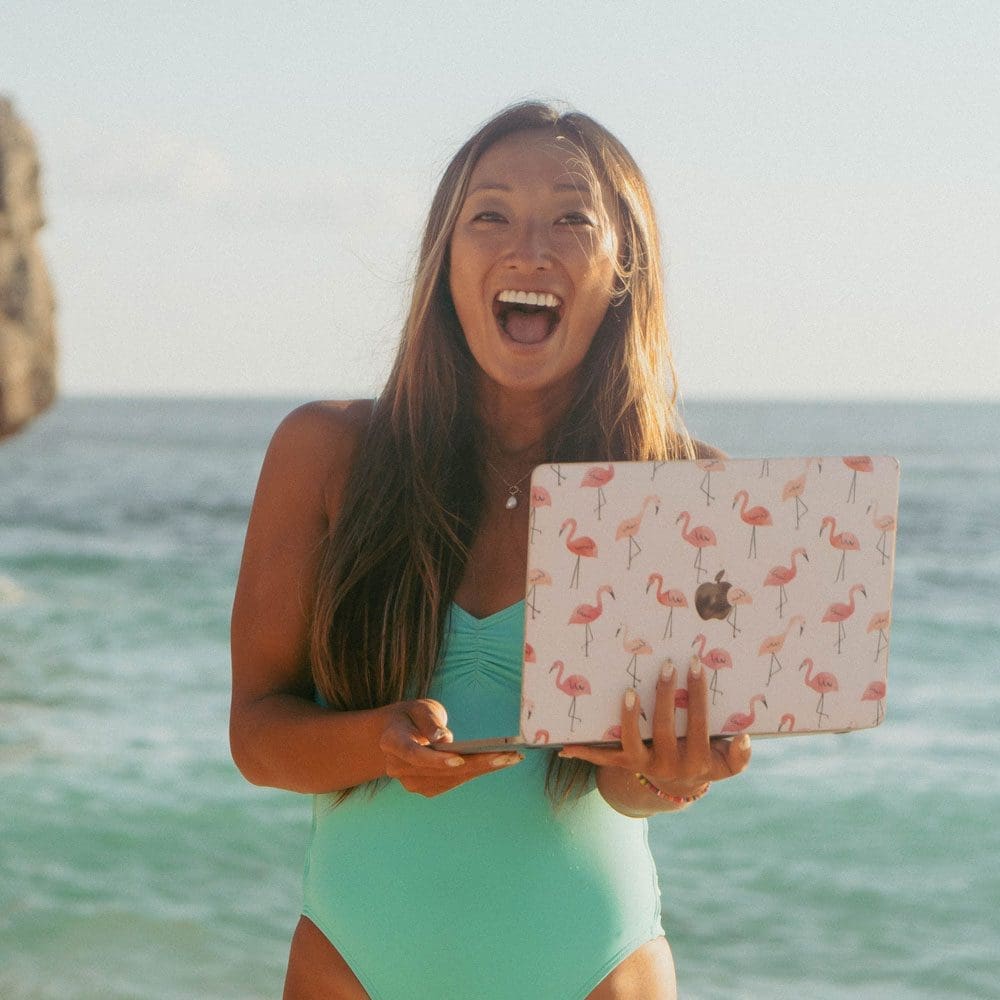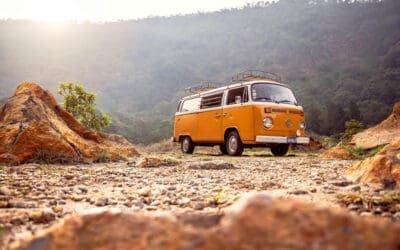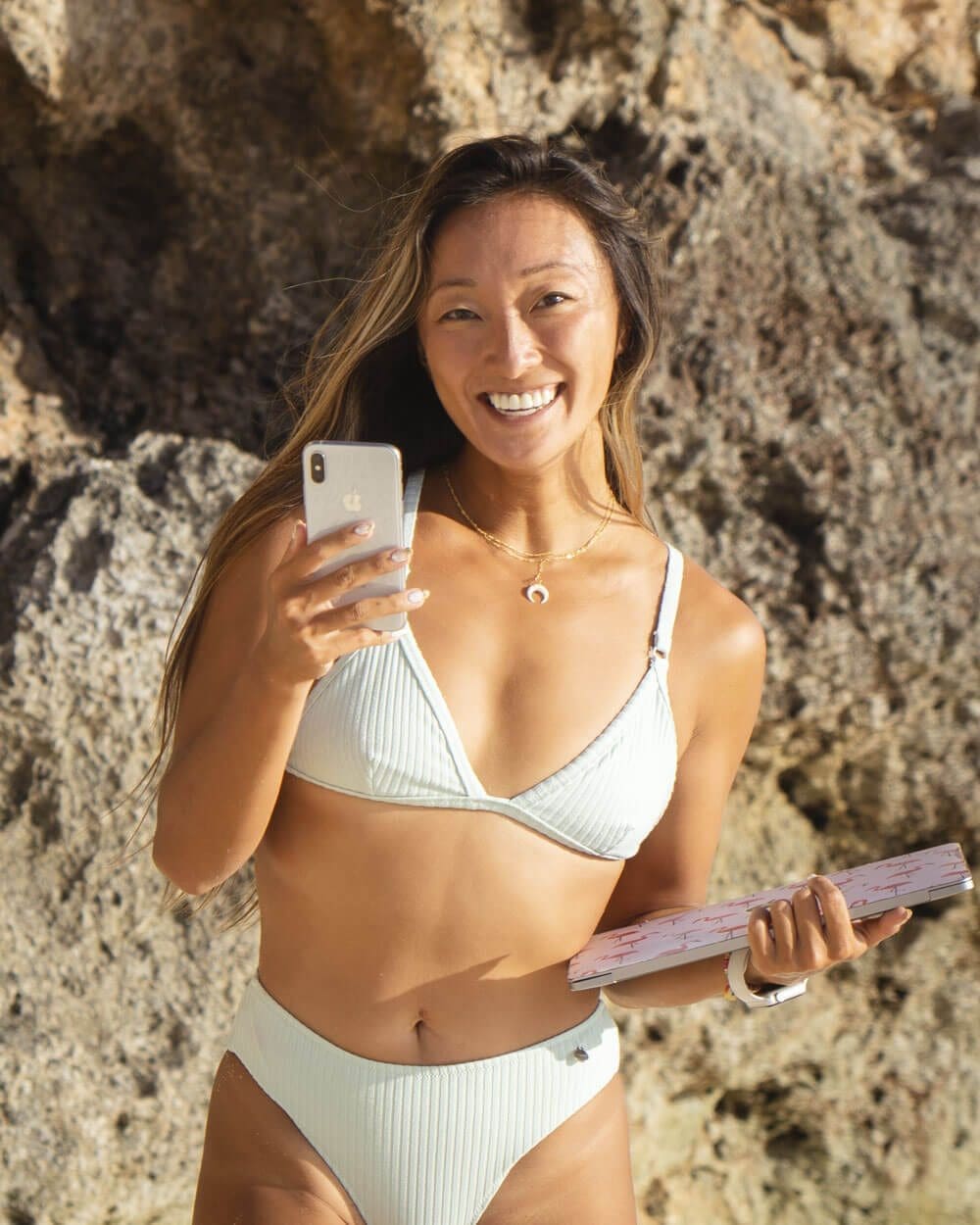Are you thinking about traveling to Cuba? I’m excited to share my best tips!
Visiting Cuba for the first time is an incredible experience, with its vibrant culture, rich history, and stunning landscapes.
As an American citizen, I never thought I would be able to visit, but I am so grateful I had the opportunity to, with my understanding and perception of the country completely shifted.
We spent half our time in Havana, and the second half in Varadero for a mix of city and sun.
From navigating currency exchanges to embracing the island’s unique quirks, here are my best travel tips for your first trip to Cuba!
This article has been updated in 2024 for the most recent information.

Prepare for Limited Internet Access
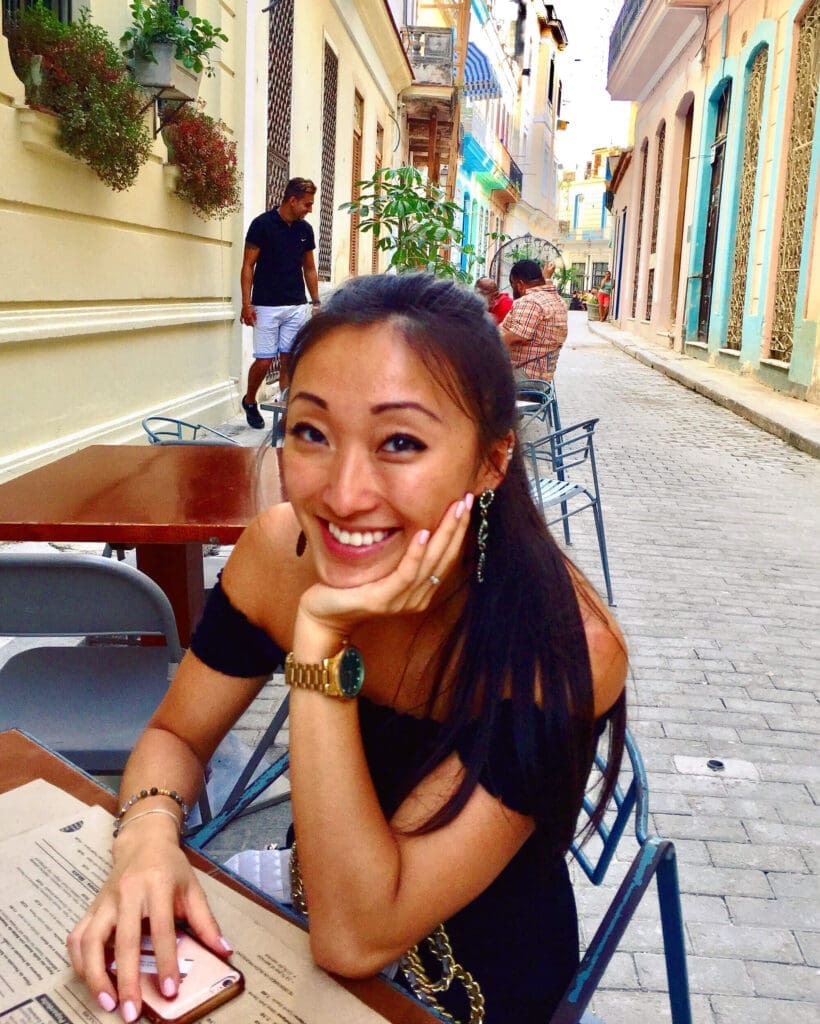
Cuba has no public wi-fi due to their lack of infrastructure and technology. Wi-Fi isn’t readily available like in other countries, and even when you find it, it can be slow and spotty.
Some hotels and public parks offer internet access, but you’ll need to buy a Wi-Fi card (usually from ETECSA kiosks) to log in.
Take this as a chance to unplug and embrace the digital detox!
Bring Cash; Credit Cards and ATMs Don’t Work
ATMs, credit, and debit cards do NOT work so you have to bring all cash for your entire trip! Cuba primarily operates on cash, and most places do not accept international credit or debit cards, especially those from American banks.
It’s best to bring Euros, Canadian dollars, or other widely accepted currencies, which you can exchange for Cuban pesos (CUP) upon arrival. There is a 10% penalty for exchanging USD to local currency CUC
So if you can, exchange USD to CAD or EUR before your trip.
Bring some USD just for backup, even if you don’t end up exchanging it you can just bring it back to the US without having to convert again.
Be prepared for exchange rates and fees, and keep in mind that U.S. dollars incur a higher exchange fee. Budget accordingly.
Know the Currency Situation
Cuba has two currencies: Cuban Convertible Peso (CUC) for tourism and international trade, and Cuban Peso aka Moneda Nacional (CUP).
The CUC is pegged to the dollar, while 1 CUC = Around 25 CUP.
Always double-check that you’re receiving the right currency. Locals use CUP, and it’s important to familiarize yourself with the bills and coins. Always confirm prices before paying, as tourist areas might quote prices in different currencies.
Tourist attractions and services often have dual pricing: one for locals and one for foreigners. Expect to pay more at places like museums, historical sites, or even for certain activities. While this might feel unfair, remember that tourism is a vital part of the Cuban economy.
One of our cab drivers actually said he used to be a doctor, but the money in tourism was so much better as many skilled professions get paid next to nothing.
Stay in Casa Particulares
For an authentic experience, skip the large resorts and book a stay in a casa particular (private homestay).
These government-approved guesthouses give you a chance to connect with local families, enjoy homemade meals, and gain deeper insight into Cuban culture.
It’s also a budget-friendly option and a great way to support local communities.
You can book them on Hotels.com or just show up when you arrive. Remember, it’s old-school!
Bring Toilet Paper
Bring toilet paper or portable Kleenex tissue packs that fit conveniently in your purse.
Many public areas will not have toilet paper available.
Pack Essentials You Can’t Easily Buy
Stock up on essentials like sunscreen, toiletries, and medications before you leave home.
Due to embargoes and import restrictions, certain items can be hard to find or expensive in Cuba. It can be jarring to walk into a convenience store and see most of the shelves empto.
It’s best to pack all necessary items, including insect repellent, first-aid supplies, and your favorite snacks, as selection can be limited.
Embrace Cuba’s Transportation
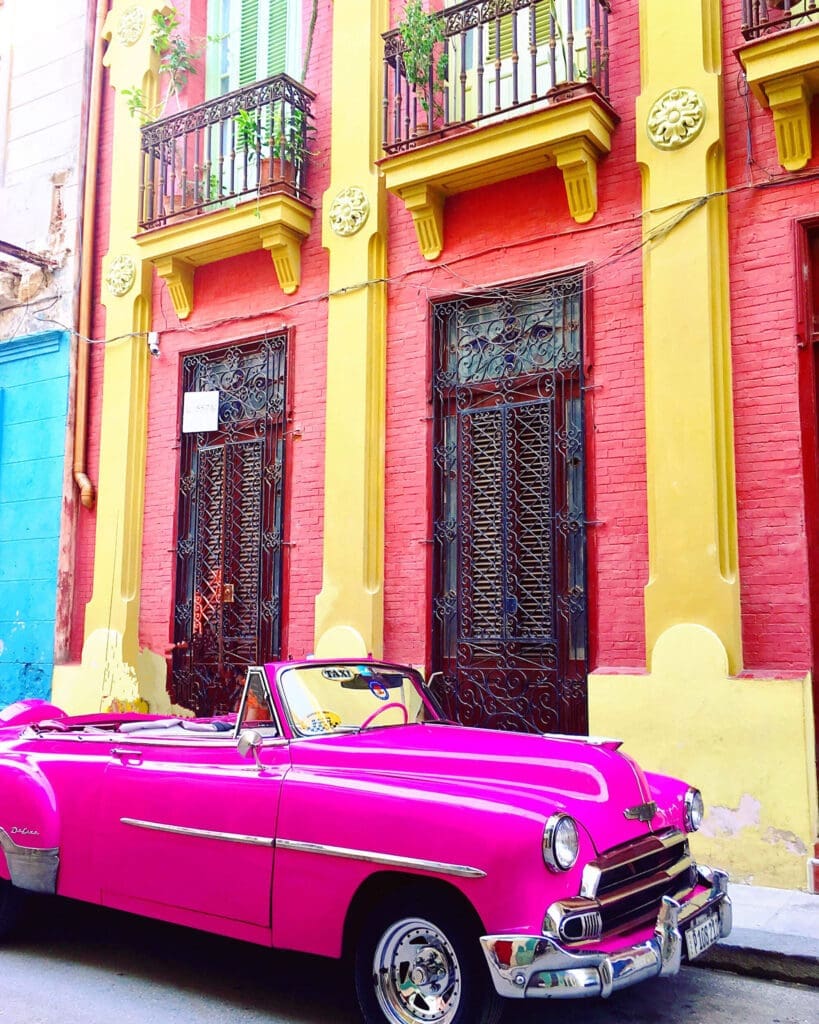
Getting around Cuba can be part of the adventure. Classic American cars, known as “almendrones,” serve as taxis in many cities.
You can also take cocotaxis (three-wheeled motorbikes) or hop on a camión, Cuba’s version of a bus-truck hybrid.
While buses and trains are available, they may not always be punctual or convenient, so plan your routes and schedules with flexibility in mind.
And don’t be afraid to haggle for lower prices!
Learn Basic Spanish
While English is spoken in some tourist areas, the majority of Cubans speak Spanish.
Learning a few basic phrases will go a long way and can make your trip smoother.
Simple greetings, asking for directions, and being polite in Spanish can help you navigate Cuba and interact with locals more easily.
I use and recommend Duolingo for a gamified language learning experience on your phone.
Don’t Drink Tap Water
Stick to bottled water during your stay in Cuba to avoid any stomach issues.
Most locals also avoid drinking tap water, so it’s better to err on the side of caution. Bottled water is widely available in grocery stores, hotels, and restaurants.
Respect Local Customs and Traditions
Cuban culture is rich and deeply rooted in history, music, and dance.
Take time to explore local customs, visit historical sites like Havana’s old town, or catch a salsa show.
Cubans are proud of their culture, and showing respect for their traditions and lifestyle will make your experience all the more rewarding.
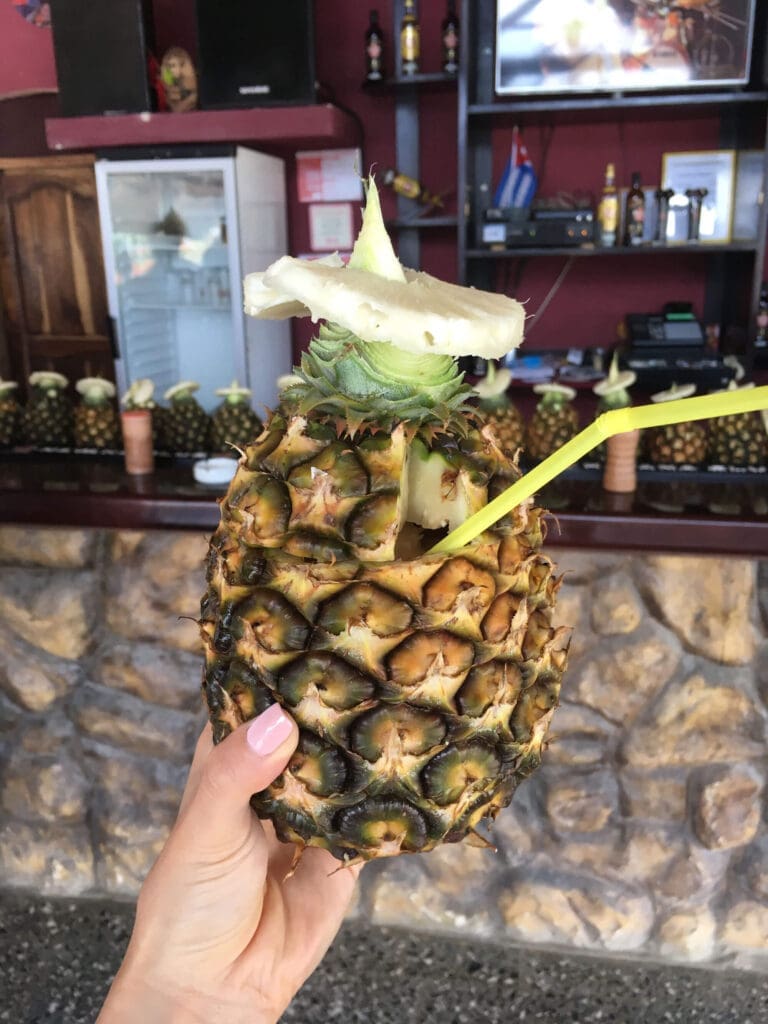
Best Time To Go To Cuba
The best time to visit Cuba is from November to April, during the dry season.
Weather
May to October (Wet Season): While still warm, the summer months can bring heavy rains, high humidity, and a greater chance of hurricanes (particularly from August to October).
Peak Season (December to March): Expect more tourists, especially around Christmas and New Year’s, leading to higher prices and busier attractions.
Tourism
Shoulder Season (November and April): These months offer pleasant weather with fewer crowds and slightly lower prices compared to the peak season.
November to April (Dry Season): This period offers warm, sunny days with lower humidity, making it perfect for outdoor activities, beach days, and exploring cities like Havana or Santiago de Cuba. Daytime temperatures are usually around 24-28°C (75-82°F).
What I Wish We Had Known

If I were to adjust this trip, I would have booked a one way flight from NYC into Havana, and our returning flight out of Varadero. There is an airport closeby, and you save yourself not only money but also 2.5 hours!
Wear sunscreen even when you’re not at the beach and wear a hat, or else you’re going to get some very unattractive tan lines!
Fabrica de Arte Cubano is only open Thursdays-Sundays from 8pm-3am. Check the hours of all your attractions before going!
I would strongly recommend Cuba to anyone thinking about going.
Don’t miss out on this opportunity of a lifetime and please DM me on Instagram if you have any other questions!
Pin on Pinterest!

Read Next
Couple’s Vacation Guide to O’ahu, Hawai’i
The Perfect One Week in Bali Itinerary for First-Time Visitors
Top 5 Beaches in Florianopolis, Brasil
Visit Macau: Las Vegas of the East
Travel to Puerto Escondido, Mexico with Me!
Ultimate Travel Guide to Rote Island, Indonesia
The Perfect 3 Days in New York City Itinerary for First-Time Visitors


